

Parliament of Samoa

Home > About Parliament > History of the Parliament

History of the Parliament
Colonial Years: Paving the road to self-government and foundations of the Parliament of Samoa
German Administration and the TAIMUA and Samoan FAIPULE:
Under the 1873 Constitution, the Taimua was a meeting between Representatives of Samoa’ seven major political divisions. Each of the Taimua consisted of forty (40) Faipule whom were Matai only, additionally election and membership of Taimua were exclusively for Matai only. It was known as the Upper House of Parliament having both lawmaking and exectuive powers however, under the German Administration, their main function was to serve as an advisory role and representation of the Tafaifa (Malietoa, Mata’afa, Tamasese and Tuimaleali’ifano families). During the years of opposition against the Solf Administration, the Taimua and Samoan Faipule were both dismissed and discontinued in 1905 and a new Fono a Faipule was established as a replacement consisting of twenty seven (27) members selected by the Governor.
Post-Colonial Period: 1962 Independence and the First Parliament of Samoa
On Monday 1st of January 1962, the first ever Parliament of Samoa convened at the sacred place of Tiafau in its own built Maota Fono (Parliament House) where the celebrations of the Indepence of Samoa and the Opening of the first Parliament of Samoa were held. Those present were the joint Head of States, le Susuga Malietoa Tanumafili II and le Afioga Tupua Tamasese Meaole; the first Prime Minister of Samoa, Afioga Fiame Mataafa Mulinuu II; Speaker of the House, Deputy Speaker and Members of Parliament. The first Parliament then reconvened on 29th of March to 19th of April 1962 beginning the practice of Parliament sittings and reconvening to consider and deliberate on matters and affairs of Samoa.
Election of Members of Parliament
After Samoa gained independence in 1962, the elections of Members of Parliament were selected by the votes of indigenous voters, exclusively matai only, and individual voters whom were European and non-indigenous. The Universal Suffrage Act of 1990 pushed for Universal Suffrage to allow adults ages 21 and above to vote, subsequently a Plebiscite was put forth for people to vote whether they agree or disagree with universal suffrage. As a result, the Act was deliberated in Parliament with 24 Members voting in favour and 18 against, thus on 11 December 1990, all adults ages 21 and above were authoried by law to cast their votes for a Member of Parliament of their choice.
List of Head of States, Prime Ministers, and Speakers of the House 1962-present
Head of State
According to Article 17 of Constitution of Samoa (repealed in 2007 after the death of Malietoa Tanumafili II) Afioga Tupua Tamasese Meaole and Susuga Malietoa Tanumafili II assumed the role as joint Head of State. After the death of Tupua Tamasese Meaole in 1963, Malietoa held the position (pursuant to Article 17(2)) until his death in 2007. Currently, a person can only hold position for two terms of five years each if re-elected by the Assembly. Below is a list of O le Ao o le Malo since 1962.
1. Afioga Tupua Tamasese Meaole [1962-1963]
2. Susuga Malietoa Tanumafili II [1962-2007]
3. Afioga Tui Atua Tupua Tamasese Efi [2007-2017]
4. Afioga Tuimalealiifano Vaaletoa Sualauvi II [2017-present]